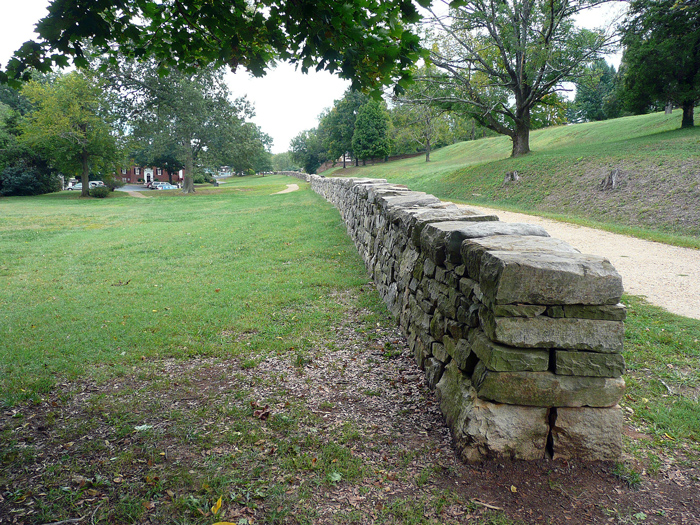A New Commander
The Battle of Fredericksburg is remembered as one of the most decisive Confederate victories of the Civil War. It occurred between December 11 and December 15, of 1862, in and around the city of Fredericksburg, Virginia. Union forces had hoped to assault Richmond after crossing the Rappahannock River, but Confederate forces blocked their path in Fredericksburg. President Abraham Lincoln, dissatisfied with the tentative performances of General George B. McClellan, had touted Ambrose Burnside to take over command of the Army of the Potomac. Although Burnside tried to decline the promotion, he eventually accepted when it became clear the alternative choice would be Joseph Hooker, whom he despised.
The Confederates Take the High Ground
General Burnside had planned a quick assault on Richmond but pontoon bridges he had requested for the crossing of the Rappahannock River arrived much later than anticipated. Confederate Commander Robert E. Lee, aware of the slow movement of the Union Army, ordered his forces to take up defensive positions in Fredericksburg. Lee ordered General James Longstreet's corps to occupy a series of heights west of the city known as Marye's Heights. Lee also had time to position corps in various defensive positions outside of Fredericksburg. By the time Burnside's armies had begun crossing the river; Lee's armies were fully entrenched and would provide resistance to the crossing. On December 11, the first of the Union forces successfully crossed the Rappahannock, directly into Fredericksburg, precipitating fierce fighting in the streets and neighborhoods of the city. Union soldiers proceeded to loot the city, angering Robert E. Lee.
 |
The Sunken Road at Marye's Heights |
The 14 Failed Assaults on Marye's Heights
On December 13th, combat intensified as Union forces under Major General William Franklin attacked a hole in the defensive line of Confederate soldiers under Stonewall Jackson. After initial success, the Confederates were able to repulse this assault. More troublesome to Union forces was General Longstreet's corps of 9,000 soldiers occupying Marye's Heights. To reach the heights, Union forces would have to proceed through an open field and cross one of three bridges over a small canal. At 10:00 A.M. on the 13th, Union forces attempted the first assault on the heights and were promptly routed by Confederate gunners behind a stone wall in front of the heights. Ensuing attempts to dislodge Confederate positions on Marye's Heights were also repulsed. In all, 14 assaults on Marye's Heights were repulsed and Union forces suffered as many as 8,000 casualties compared to 1,200 for the Confederates. Despite the carnage, Ambrose repeatedly decided against changing strategies. Only nightfall on the 13th prevented even more destruction of the Union ranks. Furious Confederate gunfire prevented Union soldiers on the field below the heights from advancing. Fredericksburg had quickly become an utter disaster for the Union Army.
A Truce Following a Decisive Confederate Victory
On December 14th, Confederate Brigadier General Joseph Kershaw gave permission for 19 year-old Richard Rowland Kirkland, a Confederate soldier, to personally deliver canteens and supplies to wounded Union and Confederate soldiers who could be heard screaming in pain below Marye's Heights. Union soldiers, aware of Kershaw's intentions, held their fire as Rowland attended to both the Union and Confederate wounded for over an hour and a half. Kershaw would forever be known as the Angel of Marye's Heights for his courage and humanity. On December 15th, Burnside made the decision to withdraw across the Rappahannock River, ending the fighting in Fredericksburg.